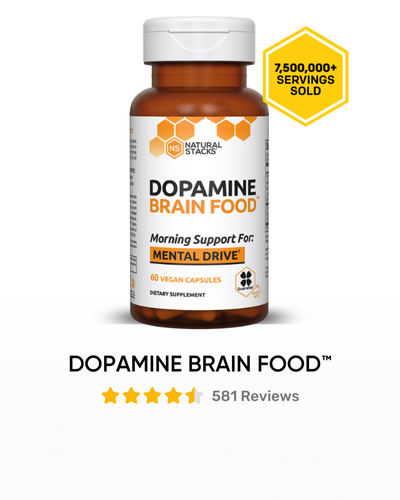Are These Modern Day Dinosaurs The Answer to Antibiotic Drug Resistance?

Did you know that dragons are real?
Ok, not the dragons birthed by Daenerys Stormborn in our beloved Game of Thrones.
Definitely not Smaug or that weird dragon-dog, Falkor.
No, this dragon is native to some five small islands in Indonesia -- it's called a Komodo dragon, and scientists in Virginia have made a fascinating discovery about a powerful, wound-healing substance in this fierce creature's blood.
Komodo dragons are the largest monitor lizards in the world and have remained largely unchanged by the evolutionary process for an estimated 300,000 to 4 million years.
These living prehistoric creatures can weigh over 300 pounds and will eat almost anything including deer, pigs, or even larger animals like water buffalo. In some rare instances, humans have been on the menu.
These reptiles have sharp, serrated teeth and shock-inducing venom, a one-two punch they use to kill their prey, but their most characteristic feature is their mouths, teeming with bacteria -- over 57 different kinds -- yet somehow the creatures seem to be resistant to the ill effects of bacterial overgrowth.
Scientists are fascinated by monitor lizards, like Komodos, and other crocodilian species because they can survive what would otherwise be life-threatening injuries like lost limbs, deep gashes, and otherwise grievous wounds in a filthy, bacteria-laden environment without getting infected.
Dragon Blood, Novel Antibiotic?
Recent research from George Mason University may hold the answer as to how Komodos can survive serious wounds and continue to live for up to 30 years, the average dragon’s life expectancy.
Despite their bacteria-laden saliva scientists have discovered that within the animal’s blood is actually a potent antibacterial substance -- a cationic bacterial peptide (CAMP).
Inspired by the discovery, scientists developed a synthetic derivative of the compound they’re calling “DRGN-1”
This recent paper published in Nature found that tests on mice that were given skin wounds, and subseuently infected with multiple types of bacteria, showed that DRGN-1 displayed three valuable therapeutic properties.
- First, in a common diagnostic method called gram staining, DRGN-1 was shown to penetrate the outer membranes of both gram-negative and gram-positive bacteria cells. Gram-staining is a method of differentiating between types of harmful bacteria and classifying them based on how they react to different antibiotics. In the present study, DRGN-1 was able to suppress both types of pathogenic bacteria, which is somewhat of a rarity in pathogen research.
- Second, DRGN-1 dissolved the biofilms that “glues” bacteria together. In essence, biofilm is the “slime”, or protective matrix, that contains and protects a structured colony of bacterial cells. That DRGN-1 was able to dissolve this biofilm demonstrates the substance's potent antimicrobial features, and suggests it may have application as a therapeutic treatment.
- Lastly, and most notably, administration of a topical form of DRGN-1 was able to significantly enhance wound healing and closure in the mouse models compared to other forms of treatment, a plausible explanation for the Komodo dragon's unusual ability to "bounce back" from torn limbs and other serious wounds without succumbing to infection. This suggests that a topical application of the substance may be an effective therapeutic agent for treating infected wounds.
What Does This Discovery Really Tell Us?
As we’re continuing to see an increase in the amount and number of drug-resistant bacteria, scientists are aggressively seeking out new tools and treatments to help treat and prevent infectious disease and support healthy immune function.
DRGN-1 is one of 40 other additional substances found in Komodo dragon blood that are currently being isolated and analyzed to discern whether they too may have future potential for antibiotic treatment.
DRGN-1 displayed some impressive antimicrobial features, and it explains how komodo dragons can thrive in the face of such bacteria-laden living conditions, but ultimately, we’ll have to see what future research has to say about dragon blood and whether it may be newest (and coolest) antibiotic on the horizon.
Questions? Comments? Post them in the comments below and let us know about your experiences with CBD and how it's influenced your brain performance!










